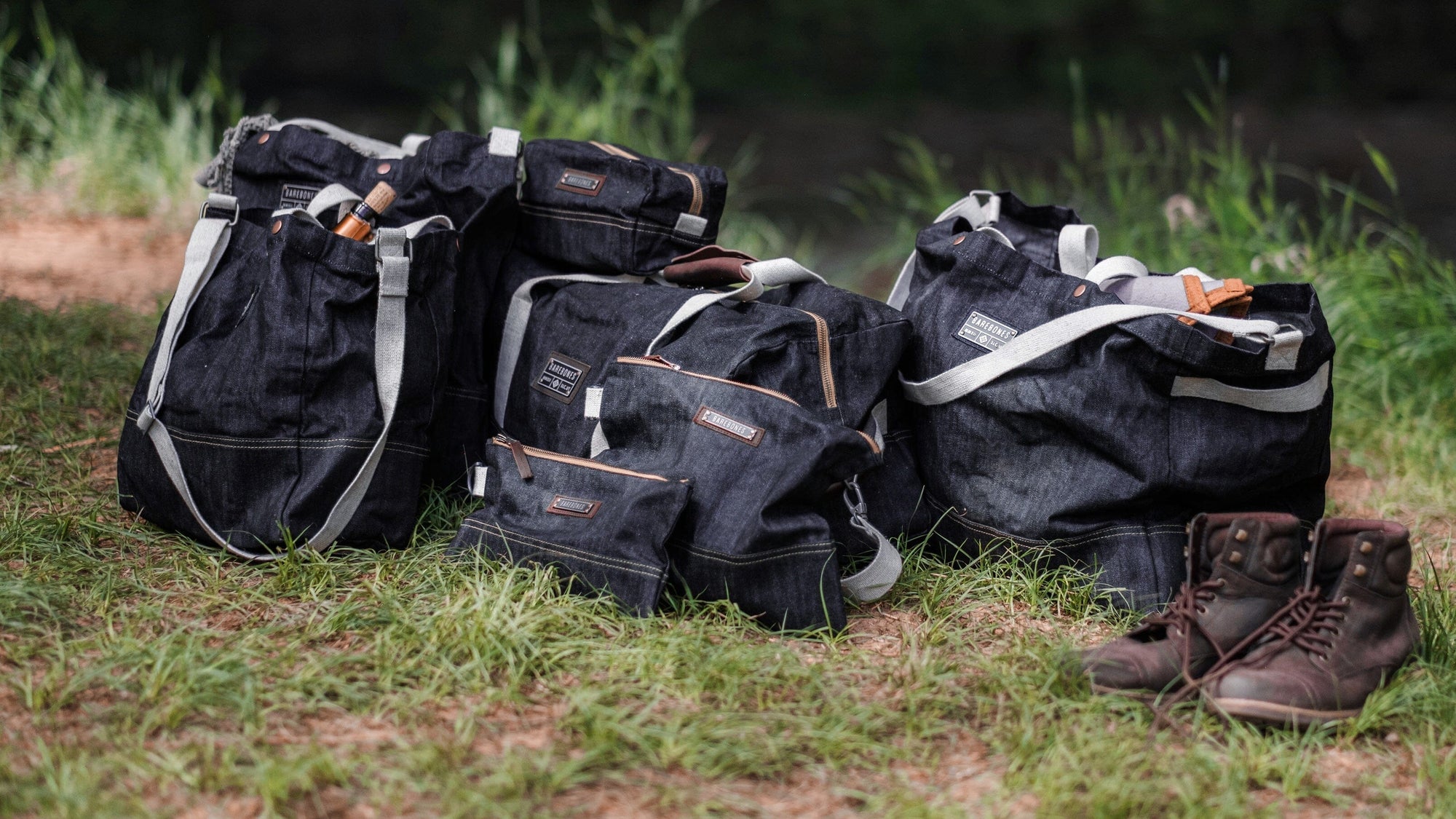
It’s easy to overlook the importance of a kitchen knife. But all it takes is one frustrating encounter with (what was supposed to be) thinly-sliced flank steak to convince you that sharp, well-maintained knives can change your kitchen experience.
From the common paring knife to the elegant blade of a Santoku (or your favorite type of kitchen knife), each piece of cutlery is a work of art and has craftsmanship all its own. Although each knife differs in practicality, they all have one thing in common: best practices that help them perform with excellence.
Just as you shouldn’t be using metal on your nonstick pan (resist the scratching!), you shouldn’t put your prized hardwood chef knife in the dishwasher or use it on a glass cutting board. In this guide, we’ll teach you how to extend the lifespan of your knives, not only preserving their standard of excellence but also enhancing them to laser-sharp edges.

You may think that an expensive knife would need an equally extravagant cleaning ritual, but here’s the good news: that’s not the case! The best way to care for your knife’s hygiene while maintaining its sharp edge is simple: use old-fashioned soap and water to clean the blade directly after usage. Cleaning will help you avoid dried-on food particles that may make it difficult to clean and require soaking the knife in hot water (something we want to avoid if possible).
The worst thing you can do to your knife is put it in the dishwasher. Most high-end cutlery (and any fixed-blade knife) will suffer from the wear and tear of your dishwasher. With high water pressure from all sides, your knife can shift and bump into its surroundings, damaging and dulling the edge.

While storing your knife in a snug, compartmentalized kitchen drawer can be effective, consider these more storage-friendly (and aesthetically pleasing) methods.
Try organizing a beautiful set of knives using magnetic wall strips, which keeps your knives off your counter but still within reach. Or, if counter space isn’t an issue, knives look beautiful when stored in countertop docks or blocks, keeping them both protected and ready for use.

If the day comes that your camping or kitchen knife requires honing or sharpening, there are a few simple tools that work both at home and on the go, providing versatile care no matter the size of your blade. We recommend a Blademedic Sharpener. This knife sharpener is a one-stop-shop that contains several sharpening options, from the hardcore Tungsten Carbide edge to the Ceramic Rods that provide the perfect touch-up to your blade.

Kitchen knife care is easy, but what happens when you’re working with a camping knife or a knife designed for outdoor use, like a hori hori, pocket knife, or field knife?
Luckily, the rules are essentially the same: prompt cleaning with clean water and soap, if available, keeps your knife in prime condition. Make sure to store your outdoor or wilderness knife in a sheath when not in use and avoid storing outdoors for expended periods of time.
For other outdoor tools, like axes and hatches, we recommend the Lansky Puck Sharpener. This tool is the perfect easy-to-grip shape, keeping your fingers protected, and its dual-grit design allows both heavy-duty sharpening and simple maintenance.
Thrilled about your new knife knowledge, but lack a knife to apply it to? Explore our exceptionally-crafted blades of all sizes and uses, created both for cooking at home and the rugged outdoors.




